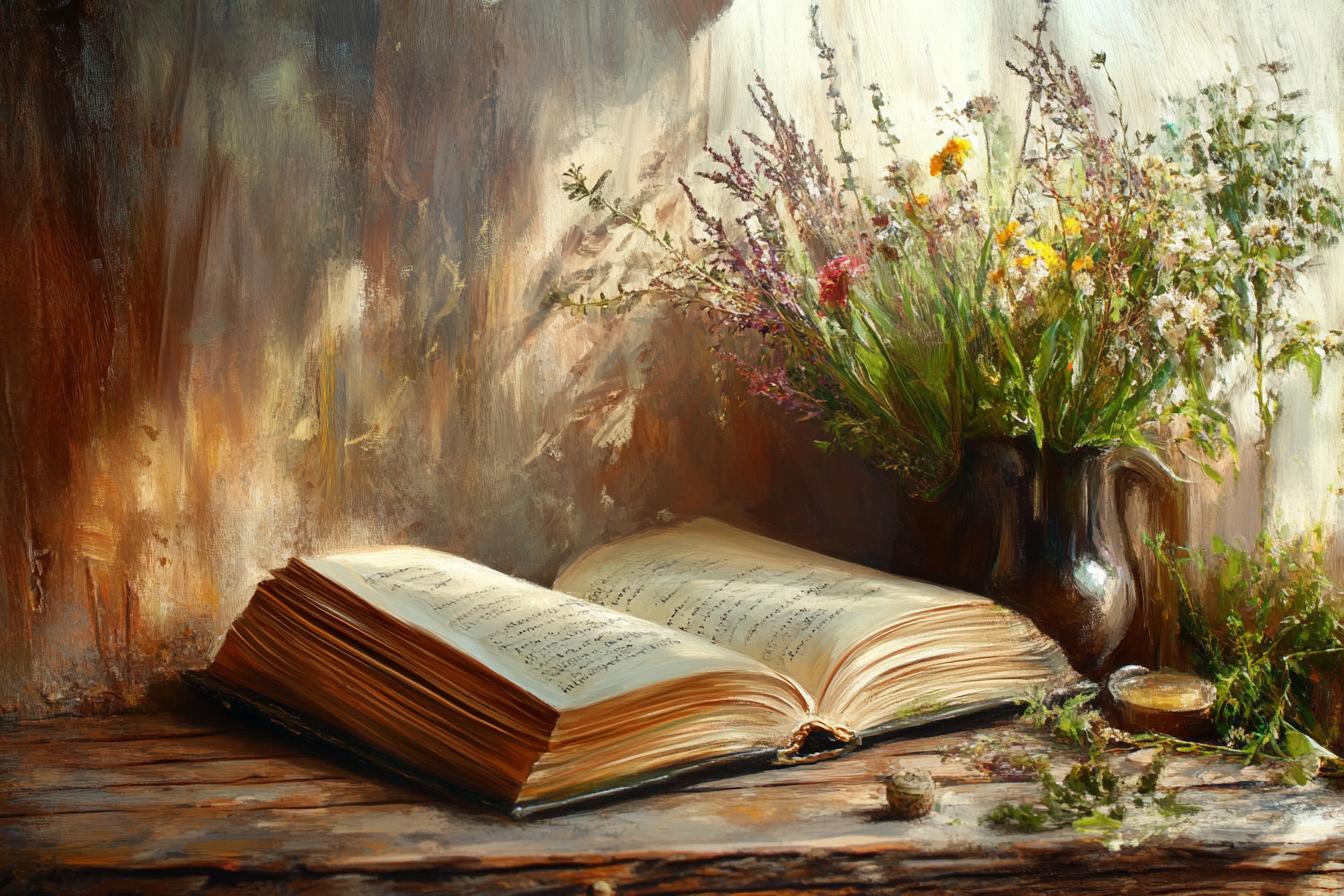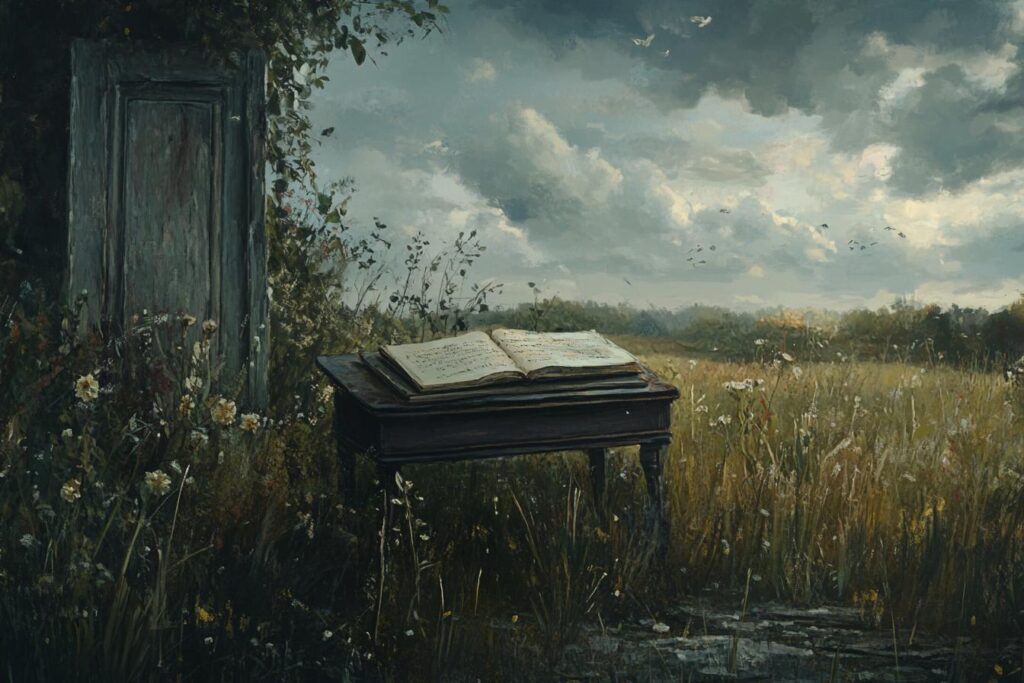Poetry comes in many forms, each with its unique structure, rhythm, and purpose. Some of the most common types include sonnets, haikus, limericks, and free verse. Sonnets are known for their 14 lines and specific rhyme scheme, often exploring themes of love, beauty, or mortality. Haikus, originating from Japan, are short poems with a specific syllable count (5-7-5) and focus on capturing a fleeting moment in nature. Limericks, known for their humorous and often nonsensical nature, consist of five lines with a specific rhyme scheme and rhythm. Free verse, on the other hand, offers poets the freedom to break free from traditional structures, allowing them to express their ideas in a more spontaneous and conversational style.
Beyond these well-known forms, there are countless other poetic styles, each with its own characteristics. For example, elegies are poems written to mourn the dead, while odes are poems that praise a person, place, or thing. Ballads are narrative poems, often telling stories of love, adventure, or tragedy, while epics are long narrative poems that celebrate heroic deeds. The world of poetry is vast and diverse, offering something for every taste and preference. Have you ever read a poem that moved you deeply? What about a poem that made you laugh out loud? Poetry has the power to evoke a wide range of emotions and to connect us with our shared human experience.

1. What Are the Different Types of Poetry
Poetry comes in many forms, each with its own unique structure and style. Some poems, like sonnets, follow strict rules about rhyme and meter, while others, such as free verse, allow for more freedom of expression. Classic forms like haikus, limericks, and ballads are known for their distinct structures and themes. For example, haikus typically consist of three lines with a 5-7-5 syllable count, while limericks are five-line humorous poems with a specific rhyme scheme.
Beyond these traditional forms, modern poets have experimented with a wide range of styles. These include concrete poetry, which uses visual arrangements of words, and spoken word poetry, which is designed to be performed aloud. In addition, many poets create their own unique forms, blending elements of existing styles to create something entirely new. This diversity allows poets to explore different themes and emotions, and it provides readers with a rich tapestry of poetic experiences.
2. Poetry forms and structures
Poetry forms and structures are like blueprints for poems, offering a specific arrangement of lines, stanzas, and rhymes. They provide a framework that poets can use to guide their creative expression. Some popular forms include sonnets, with their 14 lines and intricate rhyme schemes, and haikus, with their short, three-line structure and focus on nature. These forms, like musical scales, offer poets a foundation upon which to build unique and compelling poems.
Beyond the traditional forms, poets also experiment with free verse, which allows for greater freedom in line length, stanza breaks, and rhyme. This form often mirrors the natural flow of speech, creating a more conversational and intimate tone. No matter the form, poetry thrives on the interplay of sound, rhythm, and meaning, inviting readers to engage with the poem on multiple levels.
3. Narrative, Lyrical, and Dramatic Poetry
Narrative poetry, as its name suggests, tells a story. Think of it as a poem that takes you on a journey. It often features characters, a plot, and a setting, much like a novel or short story. However, unlike prose, narrative poetry uses vivid language, imagery, and rhythm to bring the story to life. Some popular examples include epics like “The Odyssey” and ballads like “The Ballad of the Green Berets.”
Lyrical poetry, on the other hand, focuses on expressing personal emotions and feelings. It is often characterized by its musicality, using rhyme and rhythm to create a sense of melody. Lyrical poems explore themes of love, loss, joy, and sorrow, offering a glimpse into the poet’s inner world. Think of a song that captures a moment in time and conveys a specific emotion. Some well-known examples include “Ode to a Nightingale” by John Keats and “Sonnet 18” by William Shakespeare.
4. Traditional and Modern Poetic Styles
Poetry has a long and rich history, and over time, poets have developed many different styles. Traditional poetic styles, such as sonnets, haikus, and villanelles, follow strict rules regarding rhyme, meter, and structure. These forms provide a framework for poets to work within, often leading to elegant and intricate verse. For example, the sonnet’s 14 lines and its specific rhyme scheme can create a sense of balance and control. Traditional styles also allow poets to engage with a shared history of poetic forms, connecting their work to a long literary tradition.
Modern poetry, however, often breaks free from these traditional constraints. Modern poets experiment with form, structure, and language, seeking to express their ideas and emotions in new and innovative ways. Free verse, for example, allows poets to create lines of varying length and rhythm, freeing them from the limitations of traditional meter. Modern poetry also embraces a wider range of subjects and voices, reflecting the diverse experiences of the modern world. While traditional forms continue to inspire poets, modern styles demonstrate the ongoing evolution of poetry and its capacity to capture the complexities of human experience.
5. Elements of poetry meter rhyme imagery
Poetry, like music, is structured and organized. One key element is meter, which refers to the rhythmic pattern of a line. Think of it like a heartbeat, creating a regular pulse that guides the reader. Meter is created by the arrangement of stressed and unstressed syllables. For example, the famous line “To be or not to be” follows a pattern of unstressed, stressed, unstressed, stressed, creating a rhythmic effect.
Another crucial element is rhyme, the repetition of similar sounds at the end of words. Rhyme can be simple or complex, creating patterns that link lines together and add a musicality to the poem. Think of a nursery rhyme: “Twinkle, twinkle, little star, How I wonder what you are.” The rhyme scheme here is AABB, with the last word of each line rhyming with the last word of the second line. Rhyme adds a sense of closure and delight to the poem, making it more memorable.
Conclusions
So, there you have it! We’ve explored the wonderful world of poetry, from its various forms and structures to the different types of poems and the elements that make them sing. We’ve even touched on how poetry has evolved over time, from traditional styles to modern expressions. Whether you’re a seasoned poetry buff or just starting to dip your toes into the poetic waters, remember that poetry is all about feeling, expression, and connecting with the world around you. So, go ahead, explore, experiment, and find your own voice in the world of poetry. You might just surprise yourself with what you create!

